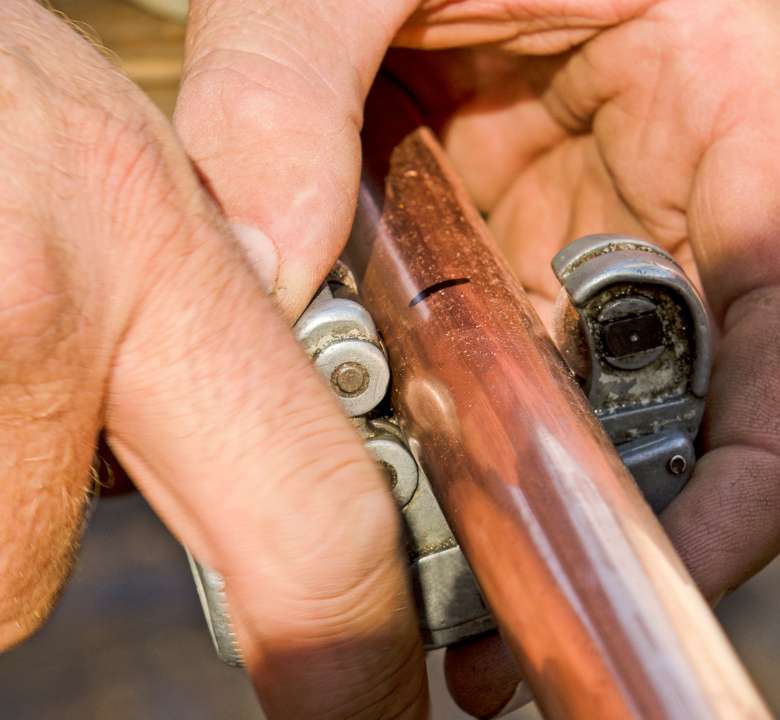

Protecting Piercings When Tanning
Fashion is something everybody can relate to regardless of gender. One of the oldest fashion trends that apply to all genders is the use of surface piercings. The body piercings date to the dawn of humanity, from the early Egyptians with earlobes stretched to decorative tribal piercings and other body changes. Though these ancient civilizations mainly used body piercings and were primarily used for religious and cultural reasons, they are a part of similar trends being used in our society today to express fashion.
We have today’s technology and medical equipment to make sure that piercing the skin is safe. Nonetheless, it is up to you to ensure that the pierced skin is in good condition while healing. One of the most significant errors you could make is not to take care of your post-piercing treatment. It is essential to ensure that your piercing is clean and in good condition. However, it would be best if you also guarded it against excessive sun and heat. To protect your new piercing, you must be aware of the best practices to use when sun tanning or on a tanning bed. Keep reading find out how to safeguard your brand new piercing’s surface while you are tanning.
Surface Piercings
Surface piercings are distinct from conventional ones because they don’t penetrate the skin before extending to the other side, like belly button and ear punctures. The piercings visible from the surface are usually around the eyes, the upper lip, or the cheeks. They can also be found on arms, abdomens, and even on the back of your hands.
It is crucial to safeguard the regularly pierced areas in the beginning. However, surface piercings need extra care while tanning. The treatment for an area pierced by a surface is the same as a standard piercing when tanning. However, it is essential to take extra steps to ensure it isn’t infected.
What to do:
If the piercing on your body is new, you should stay clear of the sun and tanning altogether. Please wait for a week before tanning to ensure no infections have formed because of the piercing. If you experience sunburned around your pierced skin, it will take longer for the piercings to heal, as well as cause additional discomfort, pain, and permanent scarring. Also, it exposes you to a greater risk of developing an infection post-piercing.
Suppose you have a surface or regular piercing. The first step before tanning is to cleanse areas thoroughly. Utilize anti-bacterial soap water and a clean rag to remove any germs or dirt. However, instead of soap, you may use antiseptic liquids such as hydrogen peroxide or rubbing alcohol.
After cleaning the area, be sure not to apply sunblock, tanning lotion, or other oil in the vicinity. These oils could cause pain, infection, swelling, discomfort, and contamination.
To avoid sunburn or product contamination, cover the pierced skin with a bandage. Make sure the adhesive that was applied is not able to penetrate the piercing’s opening. It is possible to cover the dressing with a second bandage to provide even more protection, such as medical gauze or an unclean washcloth. Cleaning the area is crucial for more extensive surface punctures.



